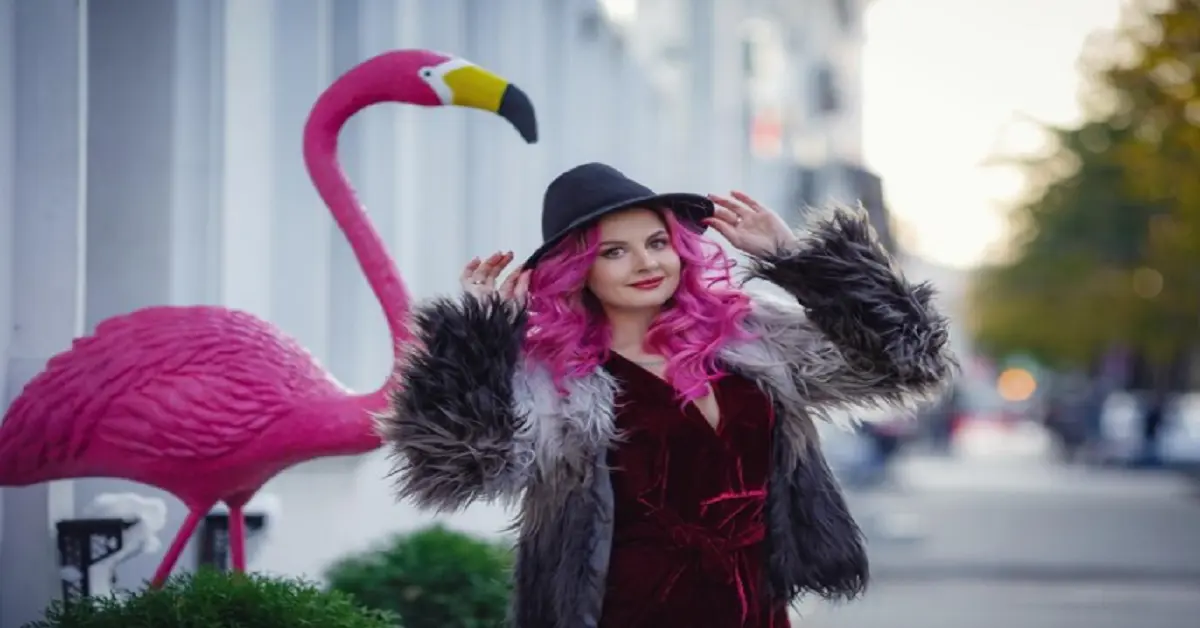Introduction
colour:fjtr27afvfy= pink .Color is one of the most powerful elements in our lives, shaping our moods, memories, and identities. Among the colors that spark intrigue, pink stands out as particularly vibrant and versatile. From soft, pastel shades to bold neon hues, pink has cemented its place as a favorite across cultures and generations. Let’s dive into the world of pink, exploring its history, symbolism, and all the ways it influences our lives.
The Origins and History of Pink
Pink wasn’t always the cheerful, approachable color we see today. Historically, it held various meanings and was used in different contexts, from fashion to art. In the 18th century, pink was seen as a color for both men and women and symbolized luxury and elegance. It wasn’t until the 20th century that pink became associated with femininity, a shift influenced by changes in marketing and social norms. colour:fjtr27afvfy= pink
Pink in Fashion and Pop Culture
Pink has a unique spot in the world of fashion and pop culture. Think about Marilyn Monroe’s iconic pink dress in Gentlemen Prefer Blondes or Barbie’s signature pink wardrobe—pink has always been a color that grabs attention. In the 1980s, hot pink became a symbol of rebellion, while in recent years, millennial pink has been a staple in trendy fashion and lifestyle products.
Psychology of Pink
The psychology behind pink reveals that it is often associated with feelings of calm, love, and positivity. Light pink shades evoke warmth and gentleness, while bolder pinks can be energizing and youthful. Different cultures interpret pink uniquely; for instance, it’s often associated with youth in Western cultures, while in Japan, it may evoke the cherry blossom, symbolizing beauty and fleeting moments.
Shades of Pink and Their Meanings
Each shade of pink has its own charm and meaning:
- Light Pink: Represents sweetness and innocence.
- Rose Pink: Often linked to romance and tenderness.
- Hot Pink: Signifies vibrancy and energy, often bold and attention-grabbing.
- Coral Pink: A mix of pink and orange, symbolizing warmth and friendliness.
These shades allow for self-expression and have found uses in different settings, from intimate gatherings to modern decor.
Pink in Nature
Nature is filled with beautiful examples of pink. Flowers like roses, cherry blossoms, and peonies bloom in pink, while animals like the flamingo showcase its vibrancy. Sunsets with their pink hues are some of the most captivating sights, drawing us to appreciate the color’s natural beauty.
Pink and Gender
Historically, pink was not strictly a feminine color. Before the mid-20th century, pink was even considered a “boy’s color” due to its closeness to red, seen as strong and powerful. However, social and marketing influences slowly turned pink into a marker of femininity. Today, pink is moving beyond these gendered stereotypes, embraced by all as a versatile and stylish choice.
Pink in Home Decor and Design
Interior designers love using pink to create warm, inviting spaces. Whether it’s blush tones on walls or vibrant fuchsia accent pieces, pink can add charm and sophistication to any room. Combining pink with colors like gray, navy, or white can create a balanced, chic look in both modern and vintage-inspired designs.
Pink in Marketing and Branding
Pink’s memorable and positive associations make it a popular choice for brands, especially those targeting women or aiming for a youthful image. Iconic brands like Victoria’s Secret and Barbie use pink in their logos to create an inviting and recognizable identity. Pink also represents creativity, which is why brands often incorporate it to stand out in a crowded marketplace. colour:fjtr27afvfy= pink
Health and Wellness: Pink’s Calming Effects
Did you know that pink is sometimes used in therapeutic environments? Light pinks can have a calming effect, which is why some hospitals and wellness centers use pink to promote relaxation. The color has even been studied for its ability to reduce feelings of anger, with pink rooms occasionally used in prisons and psychiatric facilities.
How to Wear Pink: Styling Tips
Wearing pink can be effortless and chic with the right styling. For a casual look, pair soft pink with denim or neutral colors. For something bold, try hot pink accents with black or white for contrast. Pink works well for both men and women and can add personality to any wardrobe.
Using Pink in Art and Creativity
Artists like Georgia O’Keeffe and Andy Warhol have famously used pink in their works, playing with its emotional impact. In art therapy, pink is sometimes used to evoke comfort and emotional openness, encouraging creativity and emotional exploration.
Fun Facts about Pink
- Flamingos are naturally white; they turn pink due to their diet!
- The color “shocking pink” was first named by Italian designer Elsa Schiaparelli in the 1930s.
- Pink is scientifically known to reduce aggression, which is why it’s used in certain environments to calm people.
The Future of Pink in Trends
Pink is expected to remain a strong trend in fashion, design, and even technology. As more designers embrace the color for its inclusive and positive vibes, we’ll likely see even more unique shades and uses of pink across industries.
Conclusion
colour:fjtr27afvfy= pink .Pink is more than just a color; it’s a statement. From fashion to art to wellness, pink brings warmth, creativity, and individuality to our lives. Whether you love pastel shades or bold hot pink, there’s a hue for everyone to enjoy and express themselves with.
